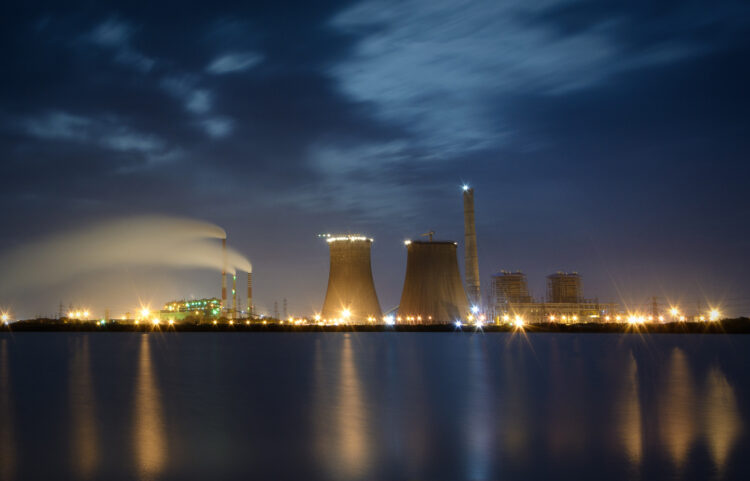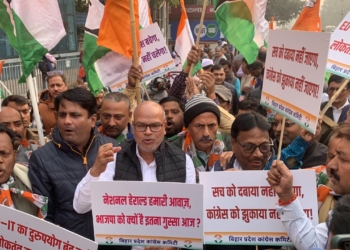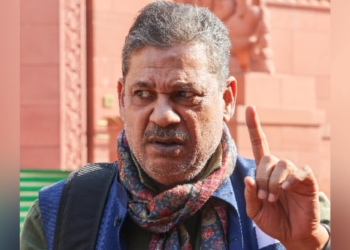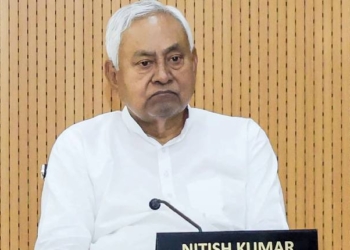New Delhi: With more than 75 per cent of the accumulated gypsum evacuated from the Sterlite copper smelter premises and disposed of between June 26 and September 30, and the remaining 30,000 metric tonnes expected to be sold in the coming weeks, the company is well on its way to meet the Supreme Court maintenance order of May 2023.
A nine-member local-level monitoring committee, appointed by the district collector, is now overseeing critical activities, including the evacuation of gypsum remnants, green belt maintenance, and the removal of wild bushes and dried trees.
There is also a sense of anticipation among community groups and citizens as they pin their hopes on a favourable outcome when the Supreme Court resumes hearing the case.
The Vedanta Group, which owns Sterlite Copper, has also started inviting Expressions of Interest (EoIs) for the supply of raw materials and skilled and semi-skilled workers on a contract basis, subject to the apex court’s decision to restart operations.
Notably, these EoIs will give priority to local and regional players, signifying the company’s commitment to the cause of the community. Trade bodies, contractors’ associations, and other support groups have repeatedly appealed to the Tamil Ndu Chief Minister, MPs and the district collector for the immediate reopening of the smelter plant, which would regenerate employment opportunities and livelihoods for more than 25,000 people.
These include the Thoothukudi Industrial Suppliers Association, Thoothukudi Contractors Association, Thoothukudi Makkal Vazhvadhara Padhukaapu Sangam and Manuneethi Foundation.
The fallout of the plant’s closure has hurt the local population. Sterlite Copper provided direct and indirect employment to more than one lakh people and engaged with more than 400 downstream industries, transporters and contractors, most of them being micro, small and medium-sized industries.
A study by Consumer Unity & Trust Society (CUTS) International revealed that the monthly income of those affected by job losses has decreased by 50 per cent. Similarly, the V.O. Chidambarnar Port at Tuticorin reported a revenue drop of almost Rs 100 crore in the year following the plant’s closure.
The shortage in copper production has had wider implications, especially for the new-age industries. In 2018, Sterlite Copper accounted for nearly 40 per cent of India’s copper needs, and the sudden void left by its closure has forced India to turn into a net copper importer. This shortage has resulted in the doubling of copper prices in the past four years.
Additionally, the equipment for green energy generation, such as windmills, solar panels and electric vehicles, which rely heavily on copper, has seen increased costs and slowed the pace toward clean energy adoption. The closure of Sterlite copper had adversely impacted not only India’s copper security, and decarbonisation goals but also the country’s ‘Aatmanirbhar’ agenda.
However, today there is a change in the awareness and outlook among people the people at large, who have realised that the closure of the plant was largely led by agenda-driven NGOs. The future of Thoothukudi depends to a large extent on the Supreme Court’s judgement. A positive outcome will help the national and local economy surge, ancillary industries thrive and help India regain its foothold on the world copper map, while Pearl City eagerly anticipates the SC ruling.
(IANS)
















